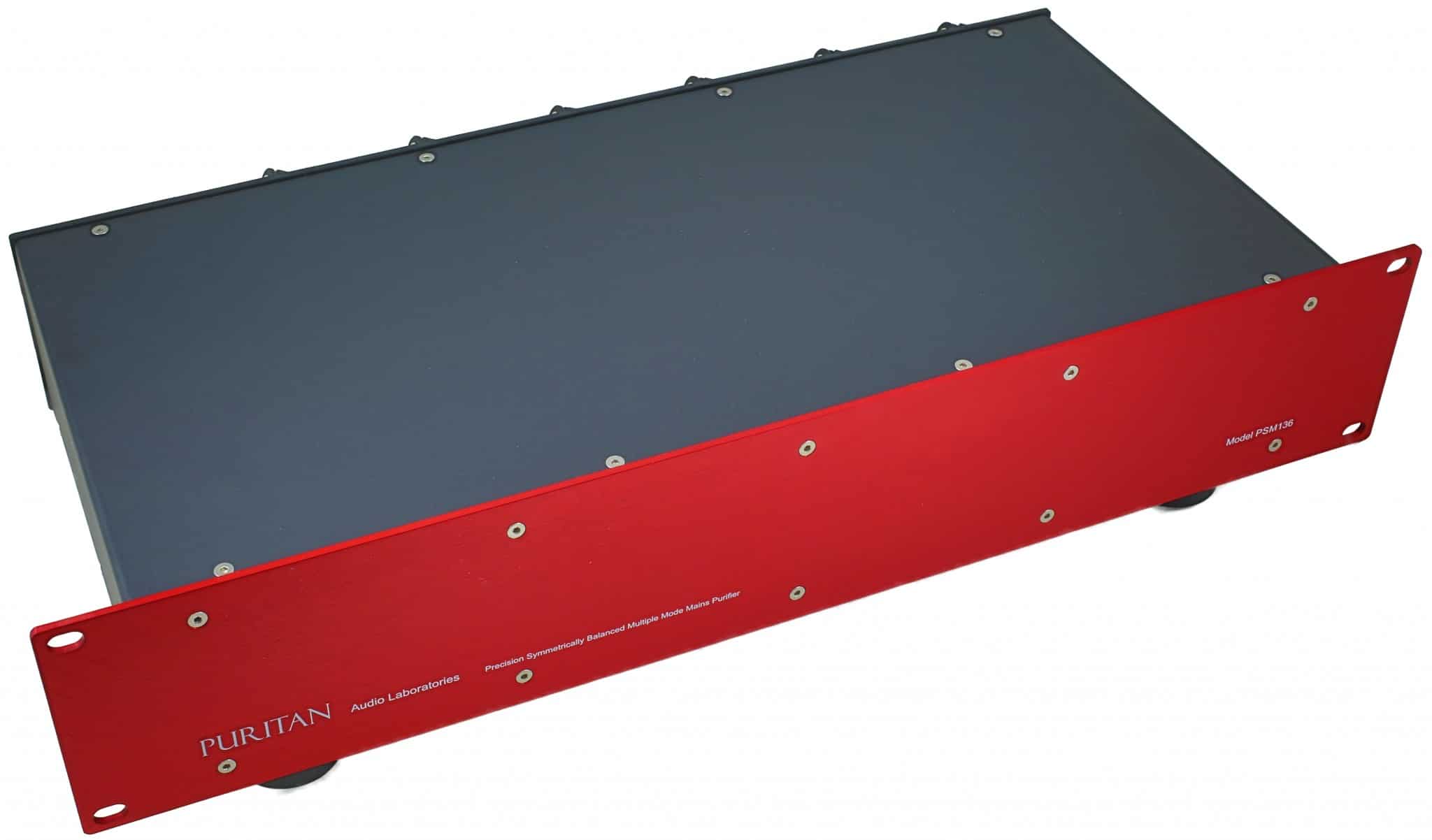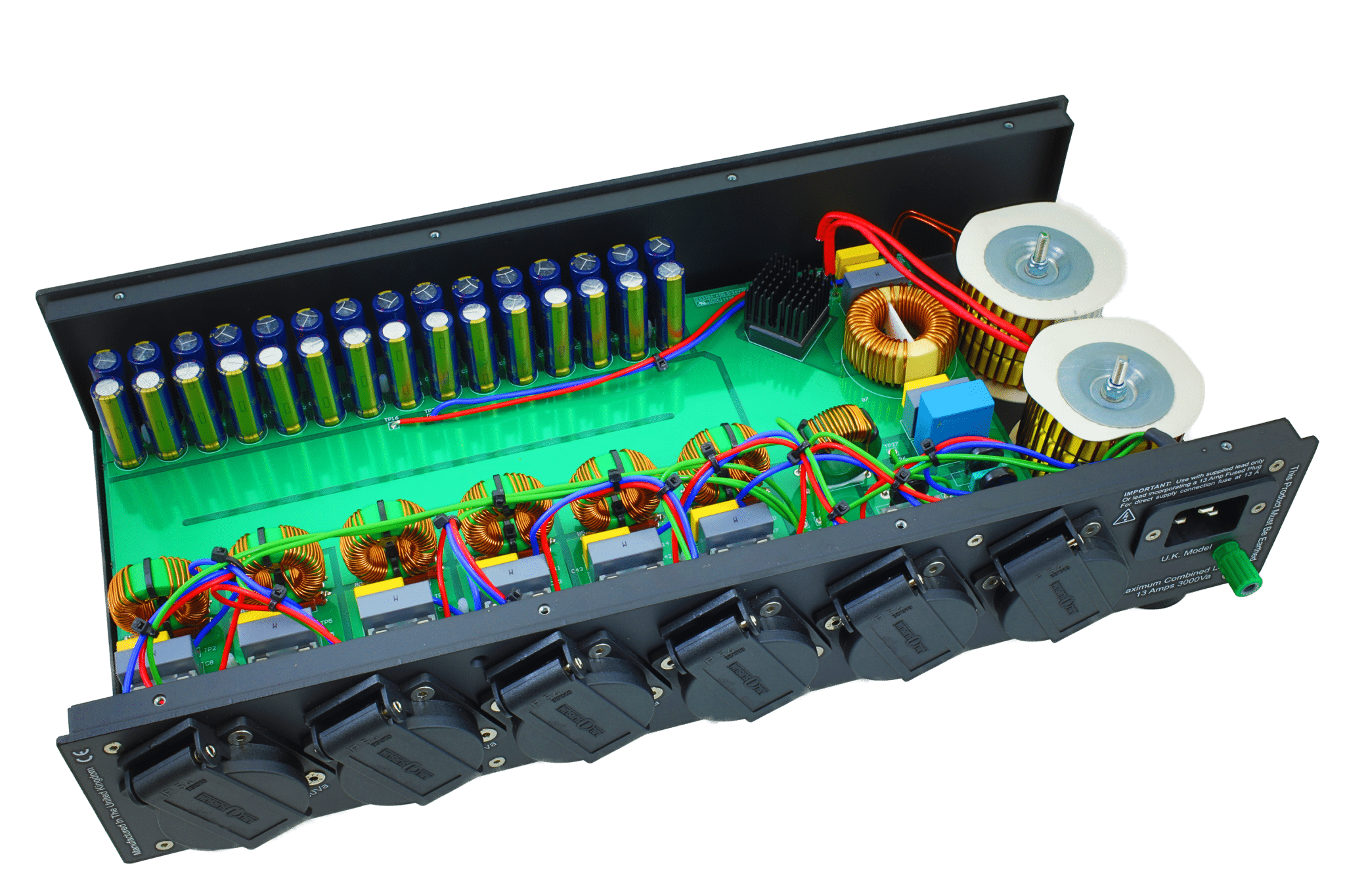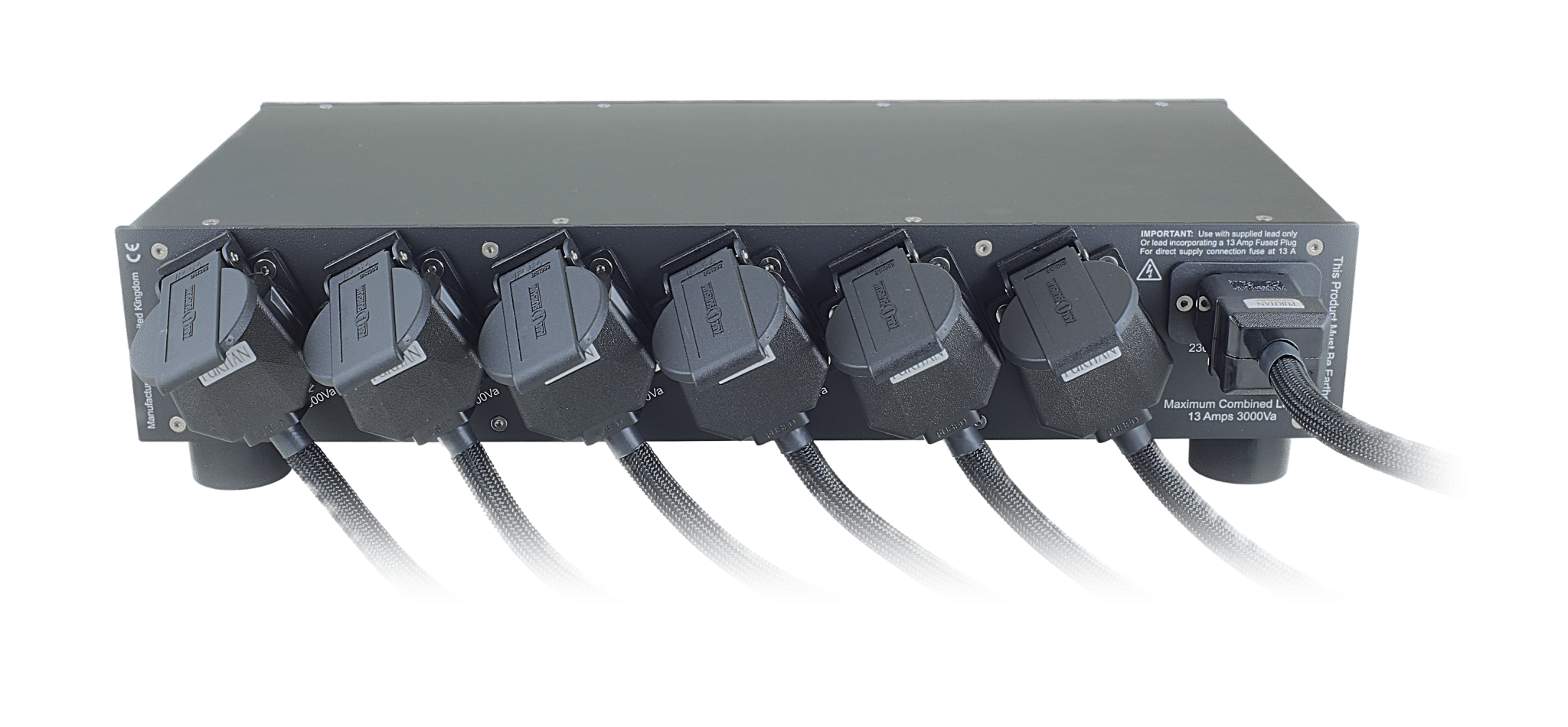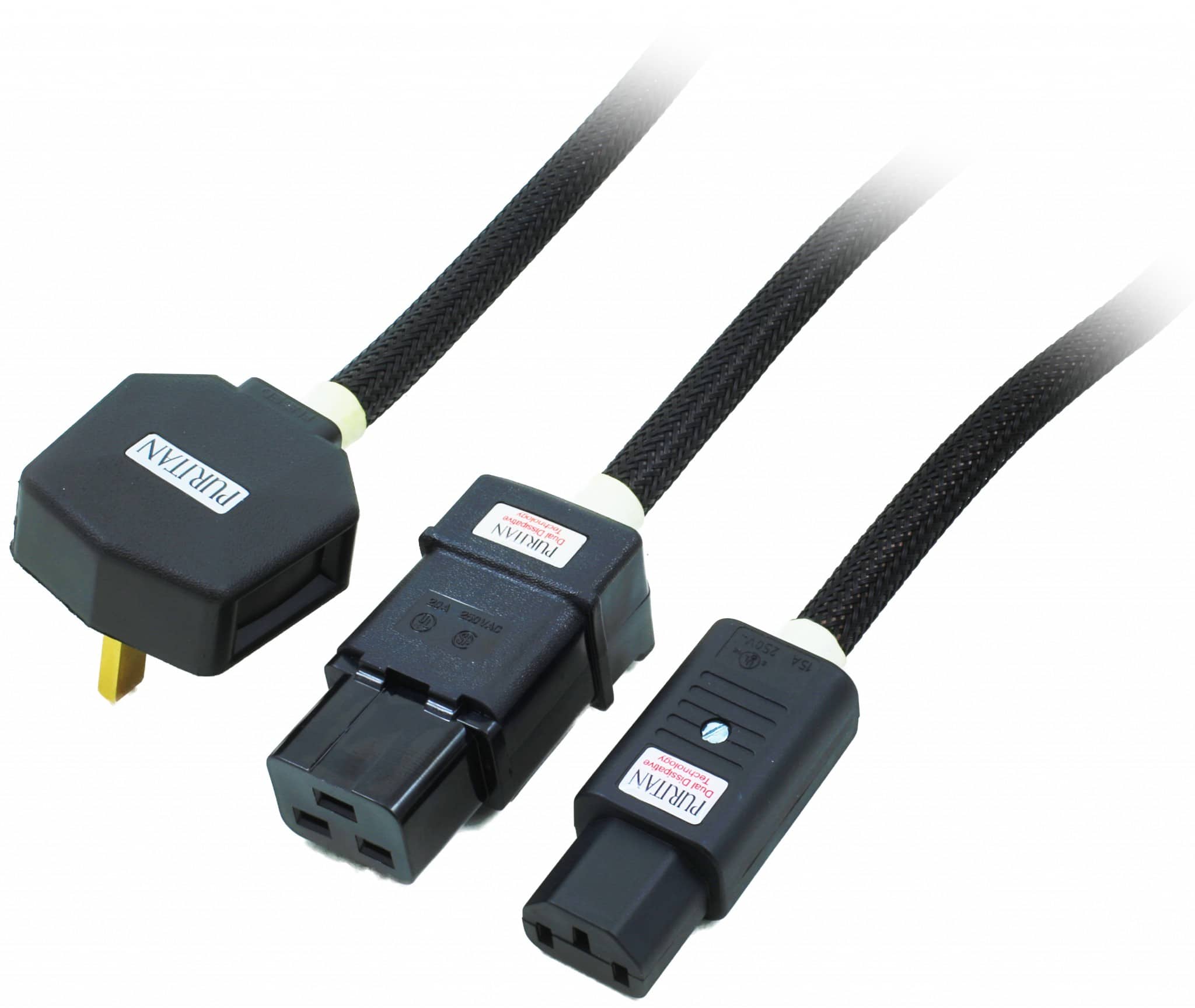The Article
The Puritan PSM136: Removing the Noise, So You Can Hear Your Toys
12th September 2016

With its symmetrically balanced circuitry, Paul Rigby reviews the Puritan PSM136 Studio Master Mains Purifier
A mains purifier, the PSM136 offers six fully independent outputs and 39 finely tuned filter elements. Available with all common output sockets including the standard 3-pin and Schuko, spanning 430 x 230 x 110mm and arriving in an electrically and magnetically shielded casing, the PSM135 promises to rebalance the AC sine wave, removing all DC components, enabling transformers to work efficiently and quietly.
That’s the idea, at any rate. Helped by a cleansed earth that, says the company, “…removes noise from the earth line further enhancing clarity and dynamics.”
Normally, I would provide more technical information, via text, at this point but I was fortunate to grab a hold of company director, Mike Lester to record a live interview with him which reveals far more about the product itself and the principles behind it. Please click on the file, below, to hear that interview and then proceed to my sound test findings, further below.
One final note. As I say, I was fortunate to catch Mike when I did and hence the interview is rather ad hoc. Because of that, Mike’s sound levels are not quite as high as I would want them to be so, with apologies to you, please up his volume a tad, if you can, and reduce the volume of my ramblings a touch to get the most from this quick chat.
SOUND QUALITY
I began by playing Enjoy The Silence from Depeche Mode, which I thought rather apt, considering. To do so I rigged up a Leema Elements CD Player and powered it up with a basic, bog-standard black power cable attached to a wall socket. Then I swapped that with the Puritan to hear any differences.
And those differences where? Via the standard black cable, I felt as if I was drinking a mug of nails. Now I was drinking filtered water. OK, I exaggerate a tad, the Puritan effectively put paid to the harshness and aggressive nature of the presentation by removing much of the noise that was resident in the system as a result of using an untreated mains source and basic black cable.
Now, the lead vocal was a lot smoother in its delivery and, for the first time, had a measure of air surrounding it. This gave the David Gahan performance a sense of ease and relaxation instead of the stressful time he was previously having. This noise removal also gave individual instruments room to manoeuvre. In practical terms, it allowed the ear to pick up those fragile reverb tails that gave the song a musicality and flow that it previously did not have.
The noise removal also aided the accuracy of the presentation. Drums no longer sounded muffled and bloomy, as if someone was hitting a cow pat. Now, the drum had more character, new boundaries and edges.
Most of all, though, the removal of the harsh edges meant that the listening fatigue that I could sense at high volumes was no longer there. The Puritan allowed me to enjoy more of the music more of the time, as it where. A good start then.
I then changed reference systems and moved to my valve-driven, Stax 007-based chain, plugging the Puritan into my Wilson Benesch Circle turntable. This chain utilised a high-end Nordost Quantum power block with star earthing (like the Puritan but offered no active noise reduction systems within) and a good quality Van den Hul cable that ran off it to the deck.
I played a piece of jazz. Dakota Staton singing the title track of her album, ’Round Midnight with an orchestral backing including brass strings and piano.
In short, the Puritan transformed this track and it did so in many ways: there’s a list! Firstly, Staton’s own lead vocal performance was now surrounded by far more air and space which allowed reverb specific to her vocal to be heard for the first time. This gave Staton a haunting presence on the track which, after all, is a crushing confession of terrible loneliness. Underneath the vocal was a restricted bass that, nevertheless, added a foundation and pace to the rhythm. I was only aware that this upright bass was blooming and losing timing when I utilised the Puritan. Gone was the indistinct bass effect and new was a more characterful introduction of the lower frequencies.
Most impressive was the piano which played just under the vocal throughout the song. This rather chaotic instrument is a dynamic mess at the best of times but the accuracy and, above all, focus from the piano added tremendous musicality to the song and a running instrumental narration to the Staton performance.
Later in the song, a clarinet had a brief solo, the notes running up and down the range. With the Puritan, the notes were focused and precise. Again, this was unexpected. I had no real idea that there was a problem until that change occurred and the timing of the instrument improved. The strings also sounded smoother and finer in quality, gliding across the soundstage. And on and on went the improvements.
CONCLUSION
The principle effect of the Puritan on music was to remove noise to allow you to hear the music that was being masked by it. The removal of associated effects such as vocal slurring and instrumental bloom and smearing is another obvious indication. More importantly than these valuable assets, though, was that it did all of these things without removing dynamic extension. On the contrary, the extension was enhanced. That was my chief worry with this system but I had no need to be concerned. The Puritan is a great addition to any hi-fi chain.
PURITAN PSM136 STUDIO MASTER MAINS PURIFIER
Prices:
PSM136 is £995 (including the Dual Dissipative connecting lead from the unit to the wall)
1.0m mains lead is £95, 1.5m is £115 & 2.0m is £135. Per additional metre is £40.
Tel: 01491 680444
GOOD: focus, airy midrange, low noise, timing, tonal accuracy
BAD: nothing at the price







